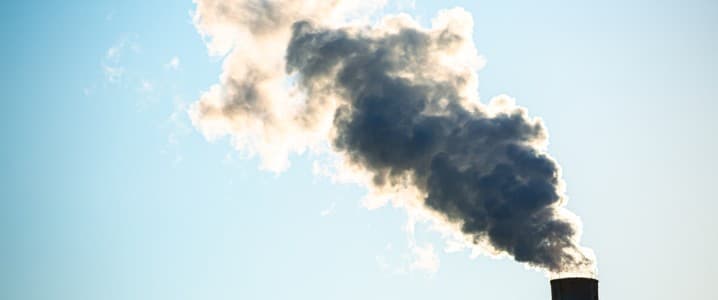Air pollution is the greatest environmental health hazard to humankind, leading to over six million deaths a year and an economic cost that equates to over $8 trillion dollars.
That’s according to the World Air Quality Report 2022 released Tuesday by Swiss air quality technology company IQAir.
Statista's Anna Fleck reports that the analysis found that out of a surveyed 131 countries, regions and territories, only 13 met World Health Organization air guidelines of annual PM2.5 concentrations at or below 5 μg/m3 in 2022, many of which were in Oceania.
The following chart shows how greatly air quality varies globally, with cities such as Pakistan’s Lahore (97.4 μg of PM2.5 particles per m3) and India’s Delhi (92.6) both exceeded WHO guidelines more than 10 times. At the other end of the spectrum lie cities such as Reykjavik in Iceland (3.3) and Tallinn in Estonia (4.8) which are among the few that meet guidelines.
You will find more infographics at Statista
Air pollution impacts already vulnerable communities particularly hard, with more than 90 percent of pollution related deaths occurring in low-income and middle-income countries, according to the report. Africa, as well as Central and South Asia were overrepresented for having the highest annual average PM2.5 concentrations weighted by population. This is even including the huge disparities in data availability between countries, with only 19 out of 54 African countries having had sufficient data to be usable in the paper.
IQAir defines PM2.5 concentration as the amount of fine particulate aerosol particles up to 2.5 microns in diameter. It is one of six major air pollutants commonly used in the classification of air quality and widely considered as the most harmful, in terms of its prevalence in the environment and the impacts it has on health. The latter includes causing and aggravating health conditions such as asthma, cancer, lung illness, heart disease and premature mortality.
By Zerohedge.com
ADVERTISEMENT
More Top Reads From Oilprice.com:
- Proving That Magnesium Can Beat Out Lithium-ion Batteries
- What Does The Future Hold For Iron Ore Markets?
- Oil Prices Head Lower As Credit Suisse Shares Plunge By 60%


















